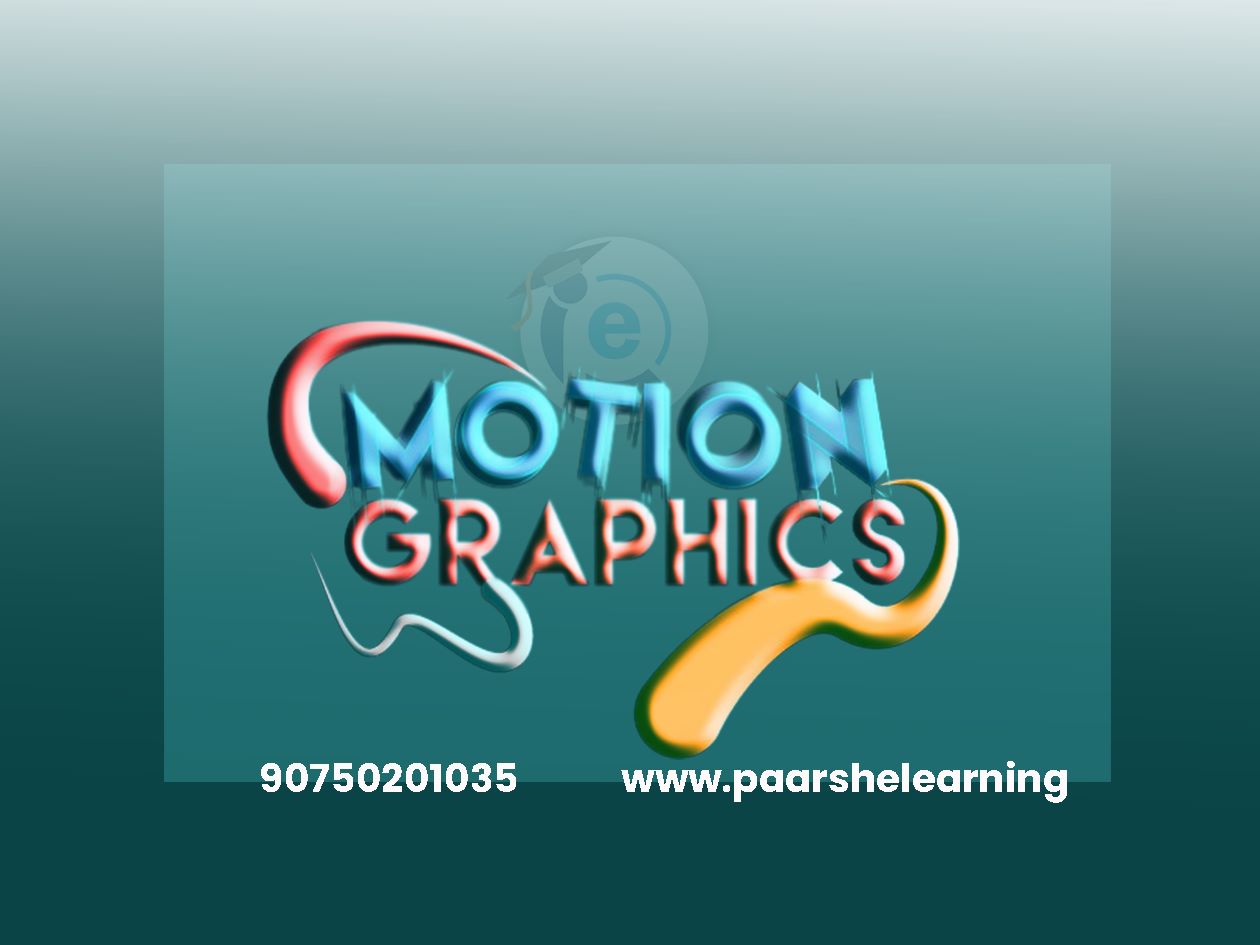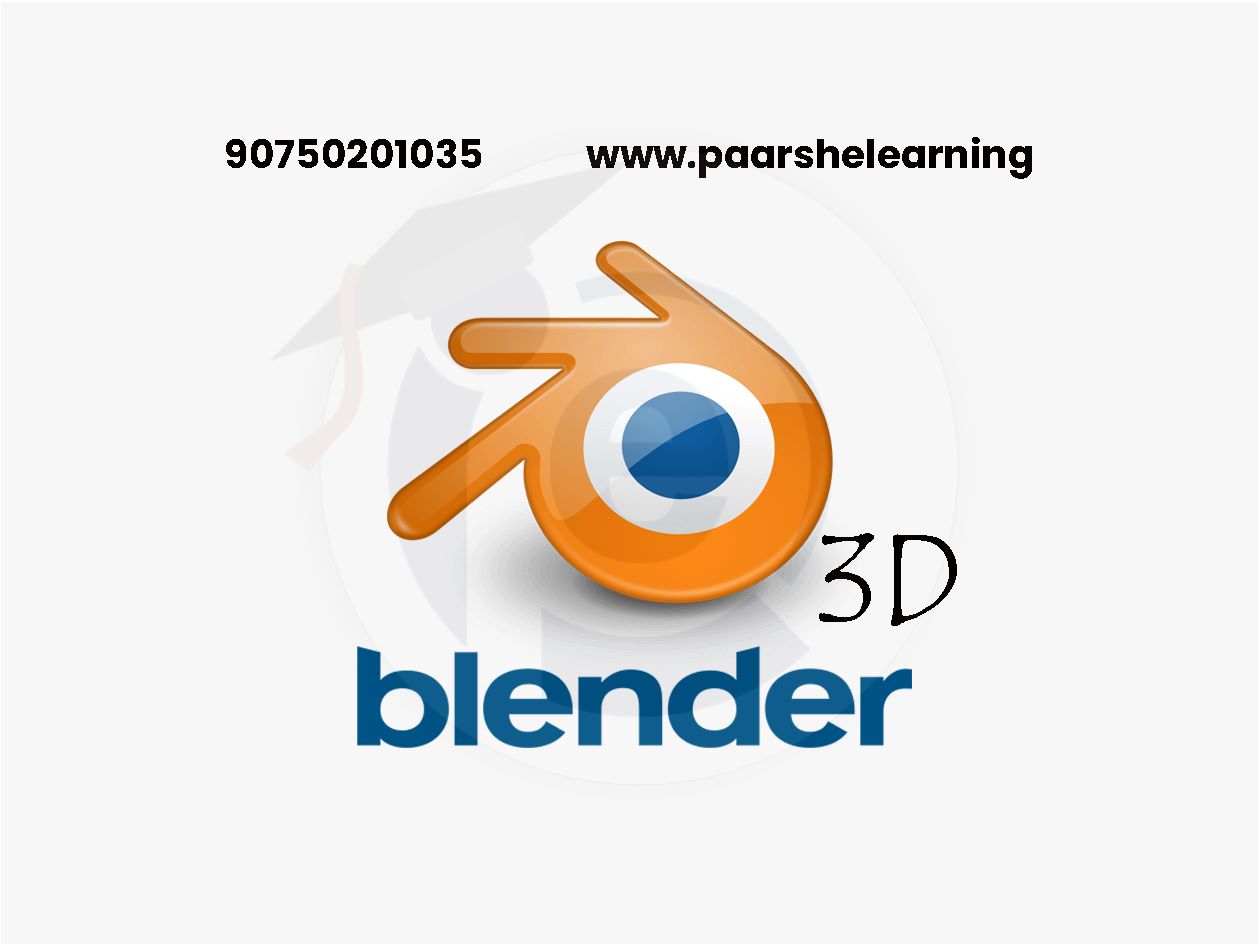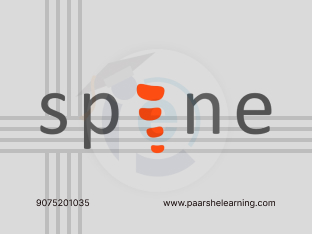- Fundamental of motion Graphic
- After Effects, Background elements, Main object, Stylization, Render & GIF optimization, Optimize your workflow with motion tools
- Import and organize footage, Create, Arrange, and composite layer in composition, Modify and animated layer properties, add effects and modify properties, preview, render & export.
- Focus on motion graphics
- After Effects methods, techniques tips and tricks to create awesome animations.
After Effects Motion Graphics
Course description
After Effects is a powerful software program used for creating motion graphics and visual effects. It allows you to combine different elements such as text, images, videos, and animations to create dynamic and engaging visuals. Here are some key steps involved in creating motion graphics in After Effects:
-
Importing assets: Start by importing the assets you want to use in your motion graphics projects, such as images, videos, and audio files. You can drag and drop them into the Project panel in After Effects.
-
Creating compositions: A composition is a container that holds your layers and defines the settings for your project. Create a new composition by going to Composition > New Composition. Set the dimensions, duration, and other parameters based on your project requirements.
-
Adding layers: Layers are the building blocks of your motion graphics. You can add different types of layers such as text, shape layers, images, videos, and adjustment layers to your composition. Use the toolbar or go to Layer > New to create new layers.
-
Applying effects and animations: After Effects provides a wide range of effects and animations that you can apply to your layers. You can access them through the Effects & Presets panel. Experiment with different effects to achieve the desired look and feel for your motion graphics.
-
Keyframing: Keyframes allow you to create animations by specifying different property values at different points in time. You can set keyframes for various properties such as position, scale, rotation, opacity, and more. Use the Timeline panel to set and adjust keyframes.
-
Using masks and mattes: Masks and mattes help you control the visibility and appearance of your layers. You can create masks to reveal or hide parts of a layer and use mattes to create complex composites. The Pen tool and Shape tool are commonly used to create masks and mattes.
-
Working with text: After Effects offers powerful text capabilities. You can create and animate text layers using various options such as font selection, kerning, tracking, leading, and animation presets. The Character and Paragraph panels provide extensive control over text properties.
-
Adding audio: If your motion graphics project includes audio, you can import audio files and synchronize them with your visuals. Use the Audio panel to adjust volume levels, add effects, and create audio keyframes.
-
Previewing and rendering: After creating your motion graphics, it's important to preview your composition to see how it looks in motion. Use the spacebar or the Preview panel to play back your composition. Once you are satisfied, you can render your final output in a suitable format for your intended use, such as video, GIF, or image sequence.
What you will learn from this course?
This course includes!
- Daily Live session
- Access on Mobile and Tv
- Course Certification
- 100 % Job placement
- A recorded session with problem-solving material
This course is for
- Architect Students
- Interior Designing Students
- Any graduate students
- For those candidates who want to start their career in animation
Prerequisites for this course
- Be determined to learn Motion Graphics using After Effects
- Be Ready to create all the projects in the practice activities
- No Prior Knowledge in After Effects or Motion Design is required.
- After Effects Creative Cloud (CC)
After Effects Motion Graphics Syllabus
-
Fundamental Of Motion Graphic
• After effect basic: In this lesson, you will get familiar with After Effects Interface and Shape Layers structure and, of course, create your first animation. By the end of the course, you will make a fish jump! Seems easy, isn’t it?
-
• Background elements: By the end of this lesson, you will animate the whole bunch of branches, leaves, and bushes. And look, that fish is already jumping out of the water! Oh wait, the stars are flickering too and some of them are even falling. It already looks promising.
-
Main Object
Here you will literally play with fire and make characters alive. We will cover the principles of the right guy with a guitar, and you can do whatever you want with others.
-
Stylization
The last step in animation would be to add some texture and glows, and voila! Our animation is ready
-
Render & Gif Optimization
Now, what’s cool about making something you can’t share, right? We’ve added a tutorial on how you can export this animation into GIF to share it with the whole world.
-
Optimize Your Workflow With Motion Tools
And in our bonus lecture for more advanced users, we will explain in-depth what you can achieve with our Motion Tools plugin that you will receive for free. It will save you tons of time in your future motion journey.
-
-
Getting The Know The Workflow
-
Import And Organize Footage
After you create a project, import your footage into the project in the Project panel. After Effects automatically interprets many common media formats, but you can also specify how you want After Effects to interpret attributes such as frame rate and pixel aspect ratio. You can view each item in a Footage panel and set its start and end times to fit your composition.
-
Create, Arrange, And Composite Layer In A Composition
Create one or more compositions. Any footage item can be the source for one or more layers in a composition. You can arrange the layers spatially in the Composition panel or arrange them in time using the Timeline panel. You can stack layers in two dimensions or arrange them in three dimensions. You can use masks, blending modes, and keying tools to composite (combine), the images of multiple layers. You can even use shape layers, text layers, and paint tools to create your own visual elements. for example, Composition basics, Creating Layers, Transparency, opacity, and compositing, Overview of shape layers, path, and vector graphics, and Creating and editing test layers.
-
Modify And Animated Layer Properties
You can modify any property of a layer, such as size, position, and opacity. You can make any combination of layer properties change over time, using keyframes and expressions. Use motion tracking to stabilize motion or to animate one layer so that it follows the motion in another layer. for example, Animation basics, expression basics, and Tracking and stabilizing motion.
-
Add Effects And Modify Effects Properties
You can add any combination of effects to alter the appearance or sound of a layer, and even generate visual elements from scratch. You can apply any of the hundreds of effects, animation presets, and layer styles. You can even create and save your own animation presets. You can animate effect properties, too, which are simply layer properties within an effect property group. For example. Effect and animation preset overview.
-
Preview
Previewing compositions on your computer monitor or an external video monitor is fast and convenient, even for complex projects. You can change the speed and quality of previews by specifying their resolution and frame rate, and by limiting the area and duration of the composition that you preview. You can use color management features to preview how your movie will look on another output device. For example, Previewing and Color management.
-
Render And Export
Add one or more compositions to the render queue to render them at the quality settings you choose and to create movies in the formats that you specify. You can use File > Export or Composition > Add to Render Queue.
-
-
Creating A Basic Animation Using Effects And Presets
-
Working With Masks
• Animating effects • Colour depth • Effect opacity • Render order • Adjustment layers • Managing effects and effects properties with scripts • Effects applied with tools
-
Animation Test
-
Working With Shape Layers
• About vector graphics and raster images • About path • About shape and shape layers • Online resources for shape layers • Group and render order for shapes and shape attributes • Group shapes or shape attribute • Ungroup an empty shape group
-
Other Effects
• Effects and animation presets overview • Effects list • Simulation effects • Stylize effects • Audio effects • Distort effects • Perspective effects • Channel effects
-
Distorting Objects With The Puppet Tools
• Place deform pins using the puppet tools • Define areas of overlap using the puppet overlap tools • Stiffen parts of an image suing using the puppet starch tools. • Animate the position of deforms pins • Recorded animation using the puppet sketch tools • Animation facial expression with character animator
-
Rendering And Output
• Render and export with the render queue panel • Manage render items • Render and export a movie using the render queue • Render queue panel options • Render item statuses • Manage render items and change render statuses
-






